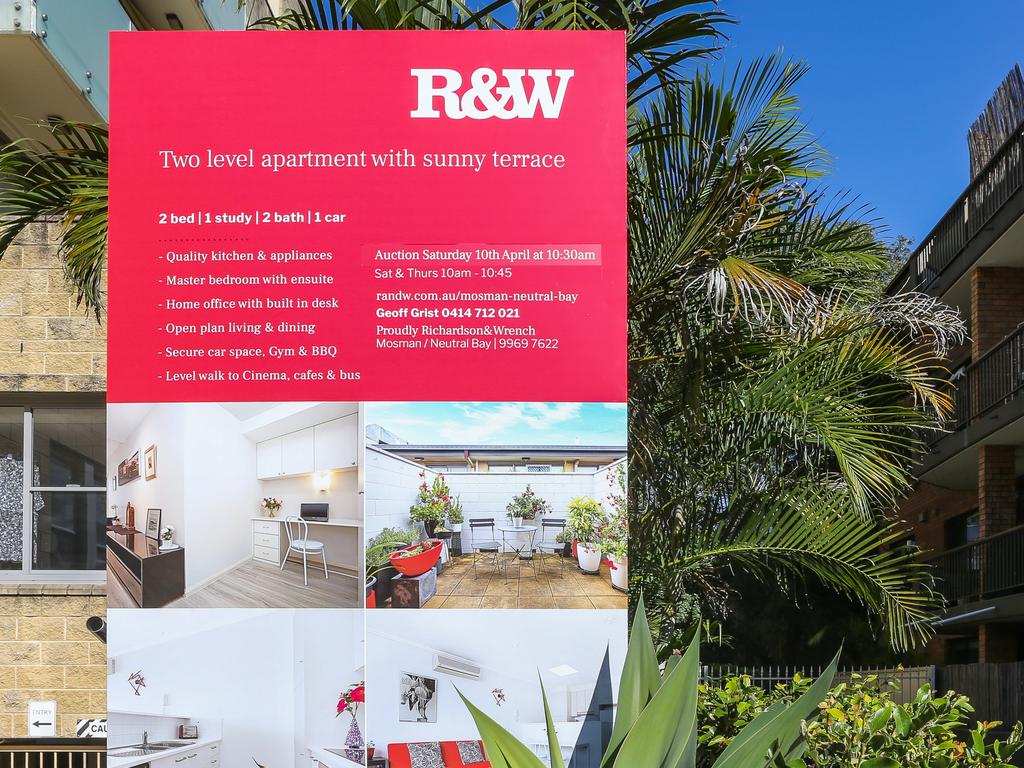Property clampdown could hit NSW budget forecasts
The NSW budget warns that regulators’ moves to rein in a hot property market and risky lending could put a hole in the state’s financial forecasts.

NSW government’s revenue forecasts could be derailed by the rising prospect of Sydney’s housing boom drawing a clampdown by financial regulators.
House prices have jumped by more than 20 per cent in Sydney since the beginning of the pandemic and a renovation boom is also well underway as more homeowners look to upgrade.
The NSW government have been one of the big winners from the property boom, which will provide support in coming years, unless regulators attempt to stamp out risky lending in order to prevent investors pushing the market out of control.
Following the release of the NSW budget papers on Tuesday, the states deficit – previously predicted to hit $16bn – has been halved to $7.8bn in financial year 2021.
But the deficit is forecast to increase to $8.6bn next financial year as a result of further stimulus and spending measures in response to the Covid-19 pandemic.
Higher auction clearance rates and rising prices drove a $1bn increase in the expected haul from transfer duty in the 2020-21 and this is expected to be $4.1bn higher over the three years to 2022-23.
But the NSW Treasury’s base case is for a fall off $1.7bn in transfer duty over the following two years as the housing market comes to a halt after a short sharp boom.
The budget papers acknowledged that record low interest rates will begin to rise, with higher rates anticipated for 2024 as the Reserve Bank tightens monetary policy, that would accentuate the weakness in demand for housing construction.
But danger of an earlier, more direct intervention and banks toughening up on lending due to prompting from regulators looms as the main risk.
“More recently, investor activity has begun to gather pace, meaning the potential impact of prudential tightening is not insignificant,” the budget papers said.
The papers modelled a scenario in which house prices were reduced by 10 per cent as has happened in past downturns when rates have risen.
This would also crunch home construction and cause a fall off in economic activity and flow through to a fall off in transfer duty collections as prices and activity drop.
The overall hit to the budget of this kind of fall off would be about $5.7bn over the next four fiscal years ending in 2024-25.
But the budget forecasts remain predicated on the factors that have kept house prices elevated since the pandemic.
The healthy job market has worked with low interest rates to drive up the number of property sales, house prices and construction work, even though migration has plummeted.
The strength in the residential market has been concentrated in housing rather than units, with most activity until recently driven by demand from owner occupiers and policies that support first home buyers.
The number of transfer duty concessions to first home buyers was up by more than one third in the second half of 2020 at nearly 25,000 more than a year earlier.
“Annual house price growth is expected to peak around late 2021. As higher prices encourage more owners to sell, this will work to limit house price growth over time.
In addition, higher prices are expected to price out more potential buyers, weighing on demand,” the budget papers said.
While they noted that speculation had emerged around the potential for renewed macropudential tightening by regulators in response to growing house prices, they argued this could be staved off while property investors were kept at bay.
“The concentration of lending growth in owner-occupied loans rather than investors suggests current market conditions are less likely to evoke a response from regulators,” they said.
But the papers warned that this would change if speculative investor lending was to increase significantly.
A major intervention would prompt a downward revision to house prices from baseline, with broad implications for the economic outlook.
But in the short-term residential construction is expected to remain “very strong”, fuelled by higher house prices, ongoing policy support and low interest rates.
Activity for new houses and renovations is also backed by the federal government’s HomeBuilder scheme, and its extension until next year will support the industry.
Building approvals are now running well ahead of the change in population, which is depressed due to lack of inward migration.
“This suggests a potential oversupply in the near-term relative to the underlying demand for housing,” the papers said.
Demand for renovation is expected to drop off in 2022 as spending once again goes back to international travel.
“Once the temporary boost to housing construction and renovation activity from HomeBuilder fades, housing activity is expected to ease.”







To join the conversation, please log in. Don't have an account? Register
Join the conversation, you are commenting as Logout